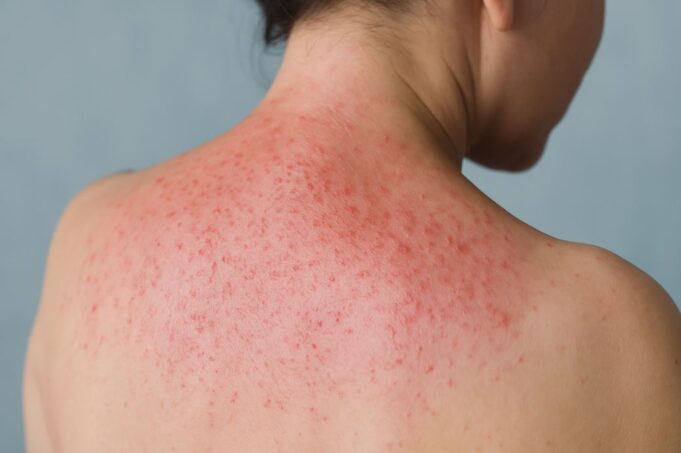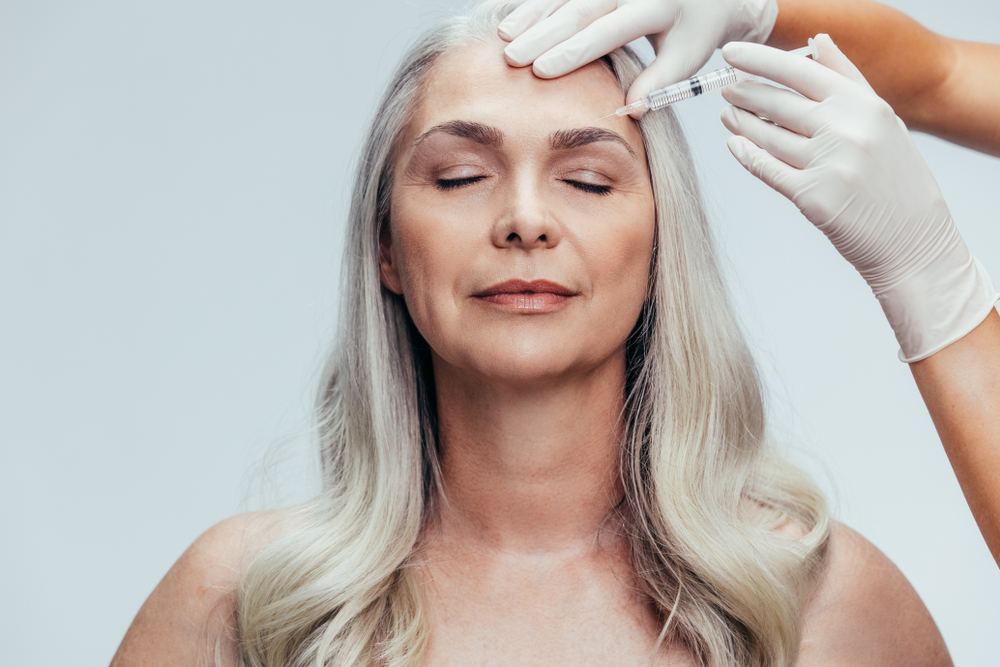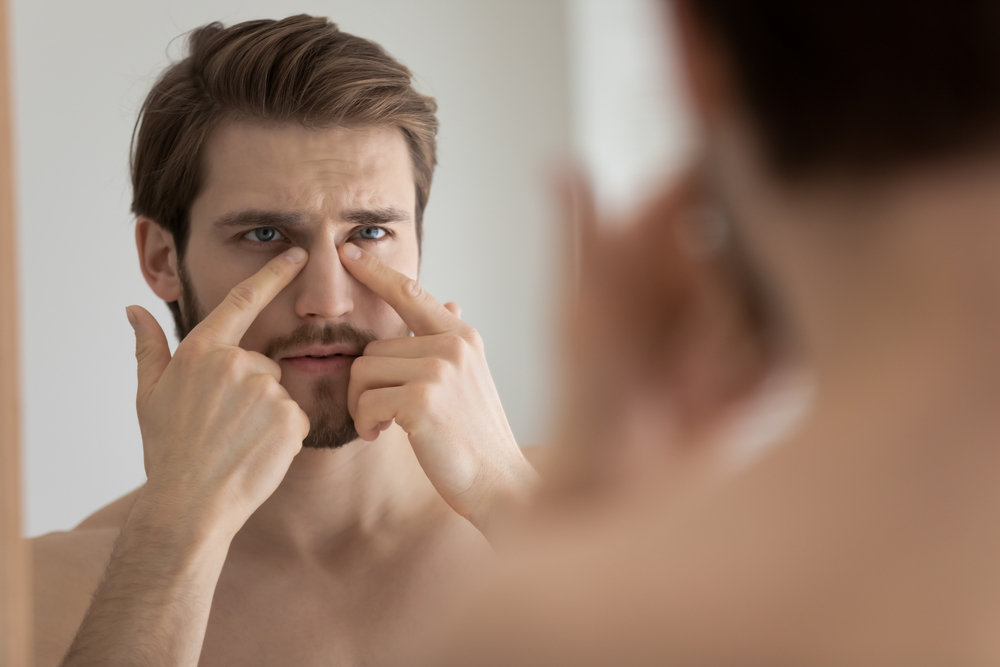The Scorching Reality of Summer Skin
This summer is shaping up to be one of the hottest in recent memory, with parts of the UK regularly breaching 30°C. While the sunshine has its perks, it also brings with it a slew of seasonal skin complaints chief among them, prickly heat. Also known as heat rash or miliaria, prickly heat affects both children and adults, often flaring up in hot, humid conditions.
The condition is uncomfortable, itchy, and in some cases, genuinely painful. Although it tends to resolve on its own, there are several ways to manage the symptoms and avoid further irritation.
What Is Prickly Heat?
Prickly heat occurs when sweat glands become blocked and sweat gets trapped under the skin. This creates inflammation, resulting in tiny red spots, a prickling or stinging sensation, and intense itching. It’s most commonly found on areas of the body where sweat gets trapped, such as the back, chest, neck, groin, or underarms.
It can be exacerbated by tight clothing, synthetic fabrics, and heavy moisturisers that clog the skin.
Why It’s Happening Now
With this year’s intense heatwaves and muggy conditions, the perfect environment for prickly heat has arrived. Extended exposure to high temperatures, coupled with excessive sweating and poor air circulation on the skin, makes flare-ups much more likely. Even those who don’t usually suffer from sensitive skin may experience symptoms during extreme weather.
How to Soothe Prickly Heat Naturally
Treating prickly heat doesn’t require harsh chemicals. In fact, natural remedies can often calm the skin more effectively. Here are a few tried-and-tested methods:
Cool Compresses
Applying a clean, cool cloth to the affected area can instantly ease discomfort. Avoid using ice directly on the skin, as this can cause further irritation.
Loose, Breathable Fabrics
Wearing cotton or linen allows the skin to breathe and prevents sweat build-up. Steer clear of tight-fitting or synthetic clothing which can trap moisture.
Oatmeal or Colloidal Baths
Adding finely ground oats to a lukewarm bath can help reduce inflammation and soothe itching. Colloidal oatmeal in particular is known for its anti-inflammatory properties.
Greek Yoghurt
Plain Greek yoghurt is a surprisingly effective topical treatment. Its lactic acid content gently exfoliates, while the cooling texture calms burning sensations. The probiotics also help restore the skin’s natural barrier. Apply a thin layer to the affected area, leave on for 10–15 minutes, then rinse with cool water.
Avoid Oil-Based Skincare
Heavy creams can clog pores and worsen symptoms. Opt for lightweight, fragrance-free moisturisers or gels that hydrate without suffocating the skin.
When to Seek Medical Advice
While prickly heat usually clears up on its own within a few days, prolonged or worsening symptoms may require medical attention. If the rash becomes infected, or if you develop a fever or feel unwell, it’s important to consult a healthcare professional.
As temperatures continue to rise, managing skin health in the heat becomes more than just a cosmetic concern—it’s a matter of comfort and well-being. With a few adjustments and simple remedies like Greek yoghurt, you can take the sting out of summer and enjoy the sunshine rash-free.













